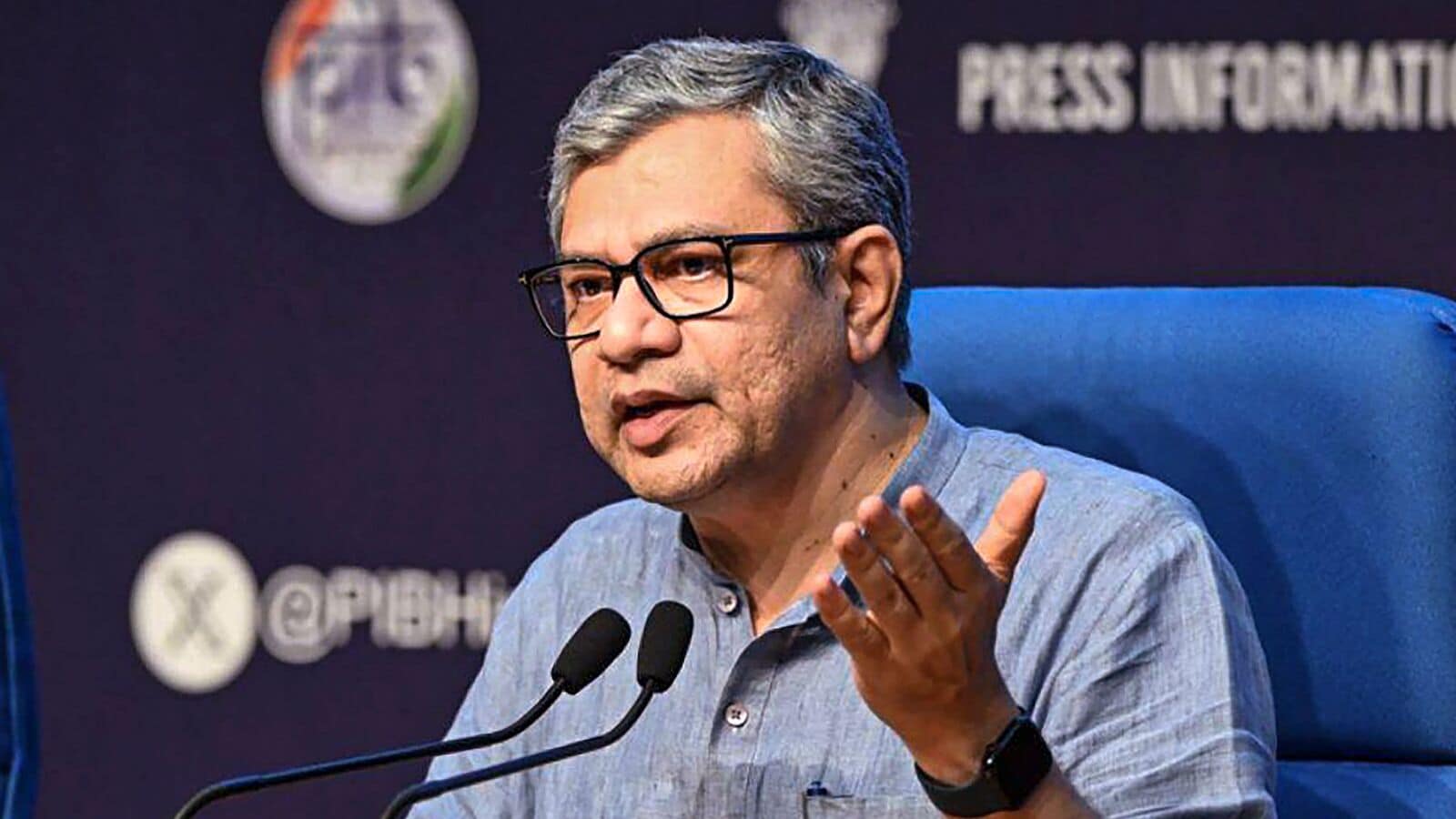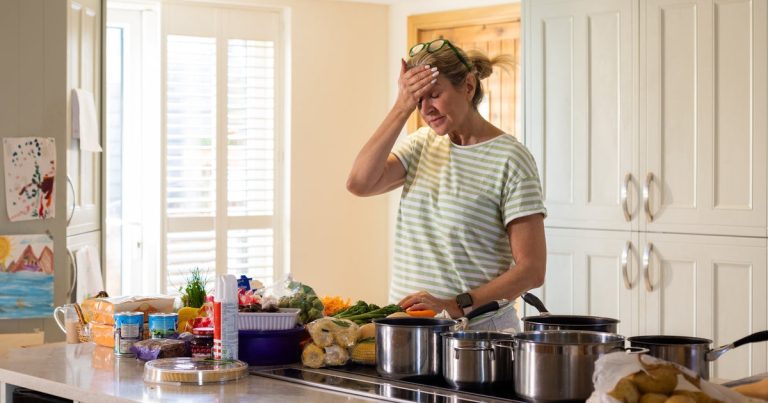
New Delhi: The Union cabinet committee on Friday approved ₹24,657 crore for eight new railway projects till FY31 to improve connectivity and mobility, generate employment in 14 districts of seven states, and reduce oil imports and carbon dioxide emissions.
The cabinet also cleared ₹3.06 trillion to construct 20 million rural houses.
These eight railway projects would improve logistical efficiency by connecting the unconnected areas and enhancing transport networks, resulting in streamlined supply chains and accelerated economic growth, said railways minister Ashwini Vaishnaw in a briefing.
The projects will cover 14 districts in seven states—Odisha, Maharashtra, Andhra Pradesh, Jharkhand, Bihar, Telangana and West Bengal—and will increase the existing network of Indian Railways by 900km.
Also read | Govt to announce norms, widened income criteria for housing help this month
“Practically, this will make a complete corridor from Asansol in West Bengal to Warangal in Telangana,” said Vaishnaw who is also the Union minister of information and broadcasting, and electronics and information technology.
With these projects 64 new stations will be constructed, providing enhancing connectivity to six aspirational districts (East Singhbum, Bhadradri Kothagudem, Malkangiri, Kalahandi, Nabarangpur and Rayagada), around 510 villages and about 4 million population.
The Ajanta Caves, a Unesco World Heritage site, will be connected to the Indian railway network, facilitating large numbers of tourists.
“These are essential routes for the transportation of commodities such as agriculture products, fertilizer, coal, iron ore, steel, cement, bauxite, limestone, aluminium powder, granite, ballast, containers, etc,” the minister said. The capacity augmentation works will result in additional freight traffic of magnitude 143 million tonnes per annum.
The Railways being an environment-friendly and energy-efficient mode of transport will help both in achieving climate goals and minimizing logistics cost of the country, reducing oil import (32.20 crore litres) and lowering carbon dioxide emissions (0.87 million tonnes) which is equivalent to plantation of 35 million trees, the minister said.
The cabinet also approved ₹3.06 trillion to construct an additional 20 million houses in rural areas under the Pradhan Mantri Awaas Yojana Gramin (PMAY-G) to address housing needs that have arisen over the years. These will be built over the next five years till FY29 and are expected to benefit nearly 100 million individuals.
The financial assistance will remain the same— ₹1. 2 lakh per unit in plain areas and ₹1.3 lakh in the north-eastern region and hill states, Vaishnaw said.
Mint last month reported that the Union budget may propose building 20 million more rural houses over the next five years under PMAY-G.
The cabinet also approved the Pradhan Mantri Awas Yojana-Urban (PMAY-U) 2.0 under which financial assistance will be provided to 10 million urban poor and middle-class families to construct, purchase or rent a house at an affordable cost in urban areas in the next five years.
Among other decisions, the cabinet approved the Clean Plant Programme under the Mission for Integrated Development of Horticulture to revolutionize the sector with an investment of ₹1,765.67 crore. It will provide access to virus-free, high-quality planting material, increase crop yields and improve farmers’ income opportunities.
Also read | Budget may float 20 million more rural houses under PMAY Gramin
This programme is expected to ensure production of higher-quality, disease-free fruits, and through this, India will strengthen its position as a leading global exporter, expanding market opportunities and increasing its share in the international fruit trade, Vaishnaw said.
Mint earlier reported that the Union Cabinet may approve the agriculture ministry’s proposal to launch clean plant programme for horticulture crops, including grapes and lemons to increase productivity and provide farmers income support.
Additionally, the Union Cabinet approved amendment in the Pradhan Mantri JI-VAN Yojana to keep pace with the latest developments in the field of biofuels and to attract more investment. Under the amendments, the timeline to implement the scheme has been extended by five years till FY29. The amendments also include advanced biofuels produced from lignocellulosic feedstocks i.e. agricultural and forestry residues, industrial waste, synthesis (syn) gas, algae, etc.
The JI-VAN scheme aims to provide remunerative income to farmers for their agriculture residue, address environmental pollution, create local employment opportunities, and contribute to India’s energy security and self-reliance. It also supports the development of advanced biofuel technologies and promotes the Make in India Mission. It also helps in achieving India’s ambitious target for net-zero greenhouse gas emissions by 2070.
The government has been promoting blending of ethanol in petrol under the Ethanol Blended Petrol (EBP) Programme wherein public sector oil marketing companies (OMCs) sell petrol blended with ethanol. Under the EBP programme, the blending of ethanol with petrol increased from 38 crore litres in the ethanol supply year (ESY) 2013-14 to more than 500 crore litres in ESY 2022-23 with a corresponding increase in blending percentage from 1.53% to 12.06%.
The blending percentage has touched 15.83% in July 2024 and the cumulative blending percentage has crossed 13% in the ongoing ESY 2023-24. OMCs are on course to achieve the 20% blending target by the end of ESY 2025-26.
It is estimated that over 1,100 crore litres of ethanol will be required during ESY 2025-26 to achieve 20% blending for which 1,750 crore litres of ethanol distillation capacity need to be installed to meet the blending requirement and for other uses like potable, chemical, pharmaceutical etc., the minister said.
Catch all theBudget News,Business News, Politics news,Breaking NewsEvents andLatest News Updates on Live Mint. Download TheMint News App to get Daily Market Updates.
MoreLess





